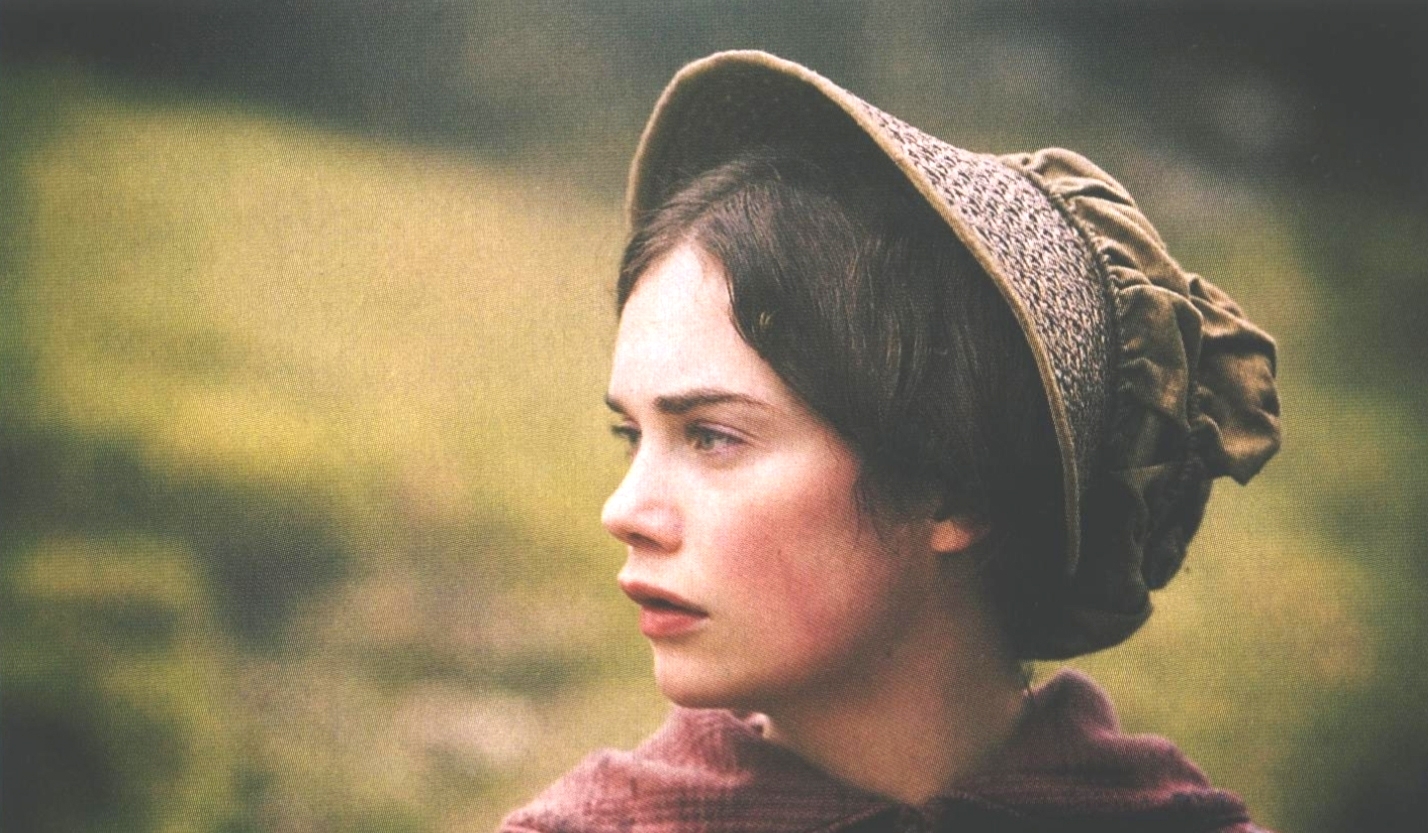I was walking. Now I'm running. The air is as cold as clear ice, however the situation I am in is anything but clear. I am so lost, running through the mud in the dark woods. The day is rainy and stormy, and I have yet to see another living thing. Although they cannot be seen, the noises of hooing of owls and the howling of coyotes are what fill the air. Scared, I simply keep running until I can find my way out.
The way I even got into this mess, was by wanting to take some pictures of the trees. The day started out so beautifully, with a nice blue sky and soft wind to rustle the trees. I was there in the woods alone, to take pictures of the different colored leaves that were all different shades of red, orange, or yellow. Besides the sound of birds chirping and the sound of the rustling of the trees every now and then, there was complete silence. It was not an eerie silence, but rather a peaceful silence. I was not until the birds stopped chirping, the wind started to blow the trees harder, and the sky went from blue to grey in an instant that, that I knew my photo shoot was over and that I needed to head home. The new mission: to get home, which was in walking distance from where I was. The problem: It was the first time I had ever entered these woods on my own, so I was not very familiar with it. It was then that I realized I was lost.
So now, I am trying to get home, by myself, in some
unfamiliar woods, in the worst weather conditions. My phone is dead, so the best thing to do is to
try to retrace my steps. I am running,
as I am scared, cold, and anxious to get home as soon as I can. Hopefully someone will find me out here.







